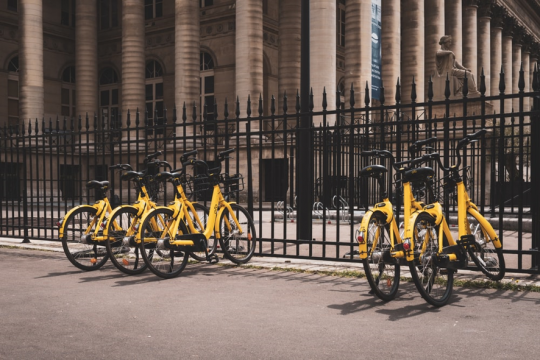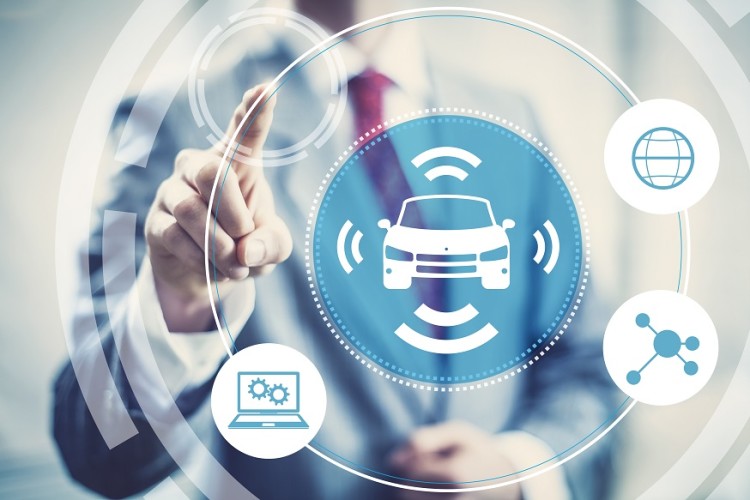
URBAN MOBILITY IN FULL TRANSFORMATION
URBAN MOBILITY IN FULL TRANSFORMATION
THE DEMOGRAPHIC TRANSFORMATION
At the time of demographic explosion or rural exodus, the smart city’s challenges are constantly emerging. Mobility is one of the major issues in the constant search for a better city and life for its inhabitants. It is estimated that by 2050 there will be almost 10 billion people on earth and two-thirds of the population will be living in cities. Los Angeles is a perfect example of a city suffering from poor urban mobility management. For instance, the inhabitants spend an average of 102 hours in traffic jams per year. A problem that should be solved thanks to the whimsical billionaire Elon Musk and his tunnel project.

MOBILITY AS A SERVICE AS A SOLUTION ?
The digital transformation as well as the arrival of many players in the mobility sector have been shaking up balances of a market that have been established for decades. It has greatly favoured the emergence of a new branch, born in Finland: The Mobility as a service, also known as MaaS. MaaS is a multimodal urban mobility concept, which has been democratised over the last ten years or so. It tends to simplify the transition from one mode of transportation to another for a single trip, offering a smooth transition of information, booking and payment.
For cities, Mobility as a Service appears to be the best way to put an end to the problems of over-pollution, parking and still congestion. Cities perceive Mobility as a Service as a strategic tool to optimize their operations at a reasonable cost while being environmentally friendly. This type of service marks a big change with a user-centred logic. Our modern society is asking for a new era, combining technology, users and uses.
When we talk about Maas, the following data comes to mind. With the democratization of smartphones and the modernisation of mobile networks in particular, billions of pieces of data are collected every year. Mobile phones have grown quite a bit since the SMS, their original purpose. Mobile phones are now geolocated, intelligent, and allow the dematerialisation of many products and services, including transport tickets. We find data everywhere, and they are used every day by billions of users and positioning itself at the heart of tomorrow’s mobility issues. Today, the largest multinationals like GAFA, including the major mobility players use data for anything.
This market is constantly innovating and finding new ways to make urban mobility more fluid and enjoyable. Latest example, Uber and Hyundai plan to develop the world’s most advanced Personal Air Vehicle (PAV) and integrate it into urban air mobility services. Other examples come from some of the main actors of the mobility such as the metropolis of Helsinki that launched an all-in-one solution in 2015: the user pays a “mobility” package to his or her operator in order to use the bus, tram, bicycle or shared car. This is a huge step towards a new conception of urban mobility, towards a society of users rather than owners, allowing consumers to free themselves from many constraints.

THE PROBLEM OF DATA PRIVATIZATION
In this world of ubiquitous data, however, there’s still a big challenge ahead. Indeed, in order to be able to set up true multimodal services, all operators still need to be encouraged to share their data. In fact, today only local authorities are required to open their data. But this is not the case for private actors who have no obligation to do it.




 Français
Français Español
Español